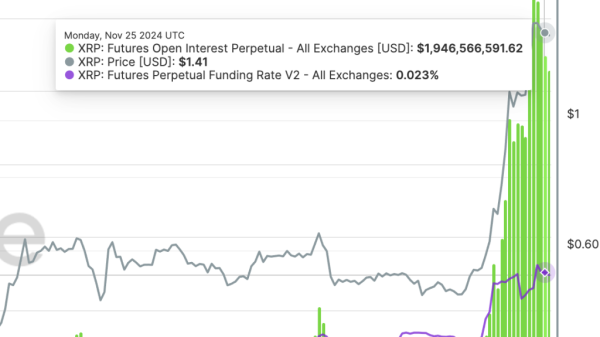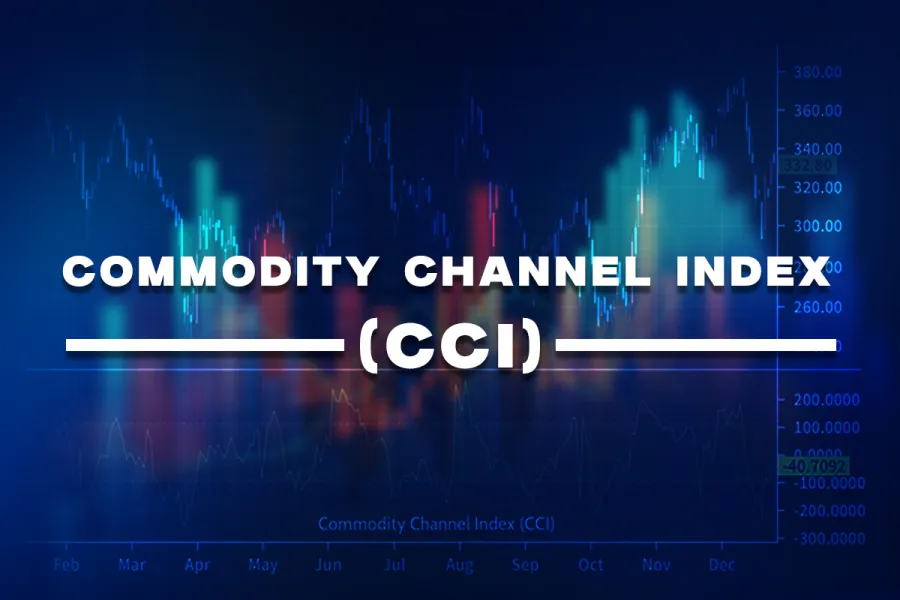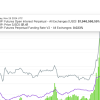Utilizing the CCI Indicator for Successful Trading
The Commodity Channel Index, commonly referred to as CCI, is a versatile indicator used by traders worldwide to predict market trends and make informed investment decisions. Built by Donald R. Lambert and introduced in Commodities magazine in 1980, this oscillator-type indicator offers technical analysis, helping traders identify potential buying or selling pressure for any given asset.
Understanding the Basics of the CCI Indicator
CCI, a momentum indicator, focuses on veering away from the statistical norm, unlike most oscillating indicators that concentrate on identifying overbought or oversold conditions. The relationship between an asset’s price, a moving average of the asset’s price, and deviations from that average forms the crux of the CCI.
The indicator’s formula comprises three critical factors: the asset’s typical price, a simple moving average of the typical price, and a constant multiplier. The typical price is the average of the high, low, and closing price of an asset each day. Using this data, the simple moving average over a specified period gets established. The constant multiplier, usually set at 0.015, provides scaling to classify extreme trading conditions.
Usage and Interpretation of CCI
The CCI fluctuates above and below a zero line, with positive readings indicating strong price action, and negative readings suggesting weaker price action. In essence, the CCI relates the asset’s price deviation from the average to its standard deviations.
Generally, readings above 100 show that the price is strong and well above the average price, signaling a possible overbought condition. Conversely, readings below -100 indicate that the asset’s price is far below the average, suggesting an oversold condition. It’s vital to note that Lambert established these thresholds; however, traders often adjust them based on an asset’s volatility.
Moreover, it’s essential to realize that the levels of +100 and -100 do not signal entry or exit points but rather indicate potential situations that need further assessment.
Building Strategies with CCI: Divergences
One of the most fruitful strategies involving CCI is divergence, a situation when the price of an asset and the CCI move in opposite directions. A bullish divergence occurs when the asset hits a lower low, but the CCI indicator reveals a higher low. It potentially points to an end in the selling pressure and a probable upward trend. On the other hand, a bearish divergence arises when the asset’s price makes a higher high, but the CCI makes a lower high, indicating potential selling pressure and a downward trend.
Limitations of the CCI Indicator
Despite its widespread usage and practicality, the CCI Indicator has limitations. It often produces false signals, leading to potential losses, especially in a fluctuating market. It can shift between overbought and oversold levels quickly, thus offering contradicting information. Therefore, it’s advisable to use the CCI Indicator in conjunction with other indicators and tools to ensure better accuracy and reduce underlying risk.
In conclusion, the Commodity Channel Index is a remarkable tool for traders that can offer valuable insights into price trends and impending market fluctuations. However, understanding its technical aspects and being aware of its limitations are crucial for its effective application.






























